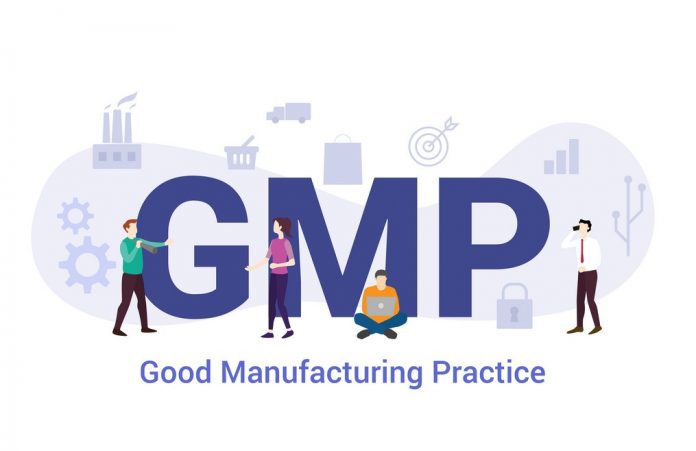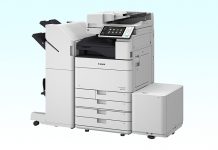GMP regulates the approach to manufacturing which enables companies to eliminate or minimize errors, mix-ups and contamination. Most people are not aware of GMP, or how the FDA enforces regulations for food production and nutritional supplements/drugs production.
GMP Regulations
The regulations that GMP preside over are those relating to sanitation, cleanliness, recordkeeping, personnel qualifications, complaint handling, process validation and equipment verification.
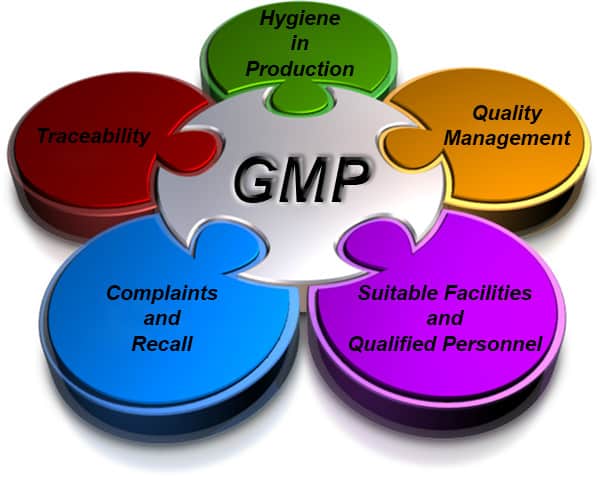
As most GMP requirements are quite open-ended, this flexibility allows a business owner to interpret the requirements in a way that makes sense for their own business. Further information is published in the Federal Register by the FDA. In detail GMP consists of judging:
Buildings and Facilities
Buildings must be of a suitable size, design and construction for the placing of equipment including for proper cleaning and maintenance, floors and ceilings must be in good repair.
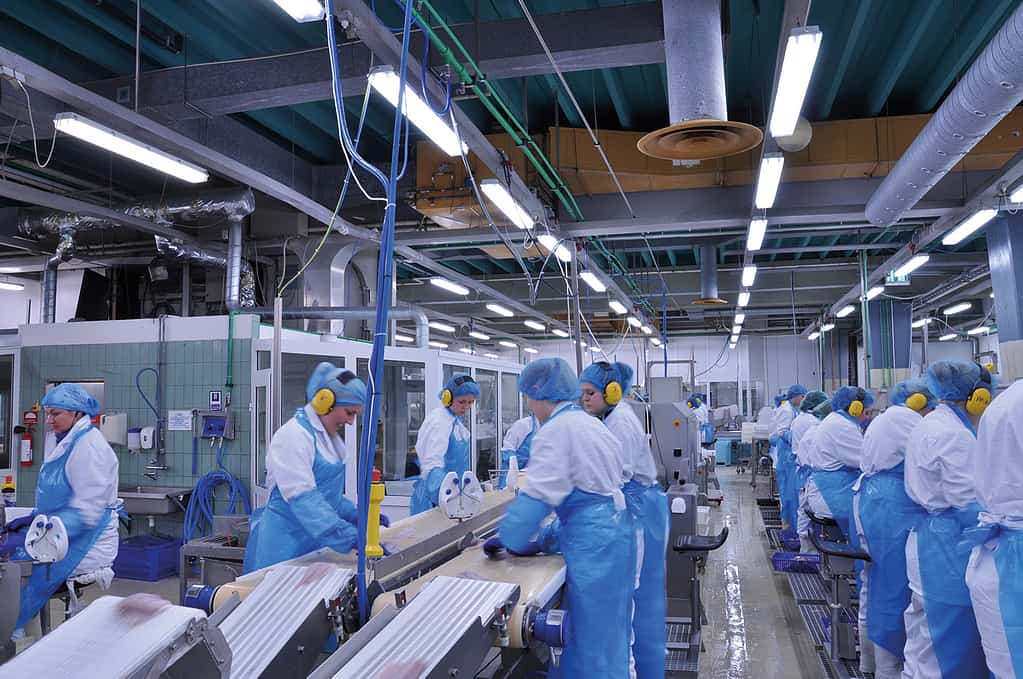
Lighting and ventilation should be sufficient for personnel. Toilet and washing facilities should be sufficient for sanitary cleaning of operation and for personnel needs.
- What Is Aromatherapy Vs. What Are Essential Oils?
- What is La Tomatina in Bunol, Spain Like? What to Expect at the Famous Tomato Throwing Festival
Equipment
Equipment that is portable should be stored in a sanitary way. Utensils and equipment used in production must be of appropriate design, workmanship and material to avoid corrosion or mixing with other dirt, lubricants or sanitizing agents.
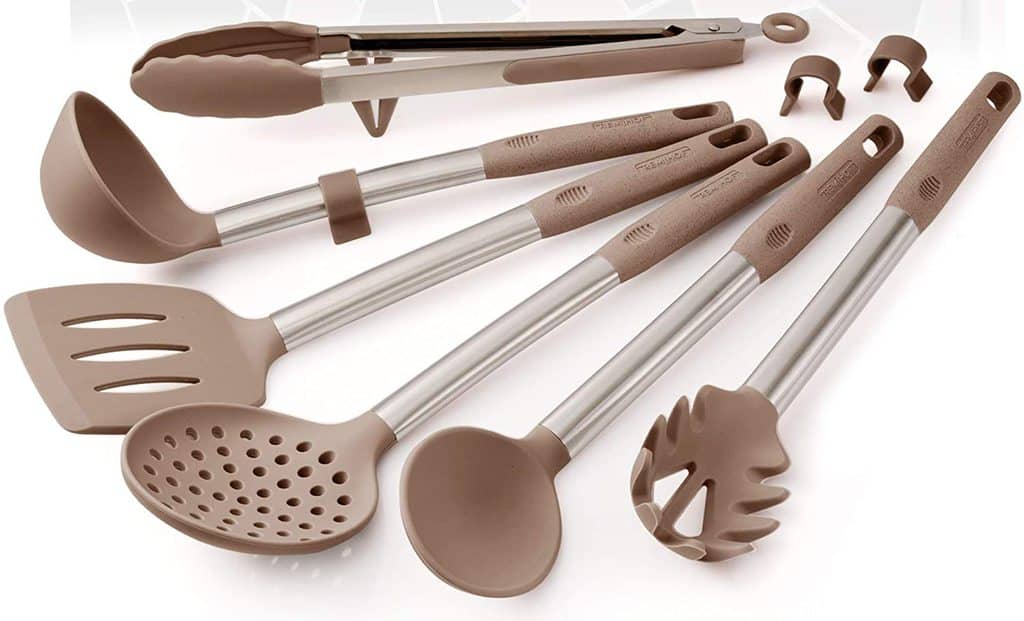
Personnel
The personnel performing the functions and supervising have the necessary education and training. Appropriate protective gear should be worn and cleanliness should be appropriate. Food or drink consumption and tobacco used is limited to designated areas.

Raw Materials
Raw materials must be treated and stored to prevent their contamination from other materials or from the sun, moisture, heat or cold. Materials should be stored in closed boxes off the floor. They should be labeled in respect to control status and lot identity. They should be tested so as to disallow contamination.
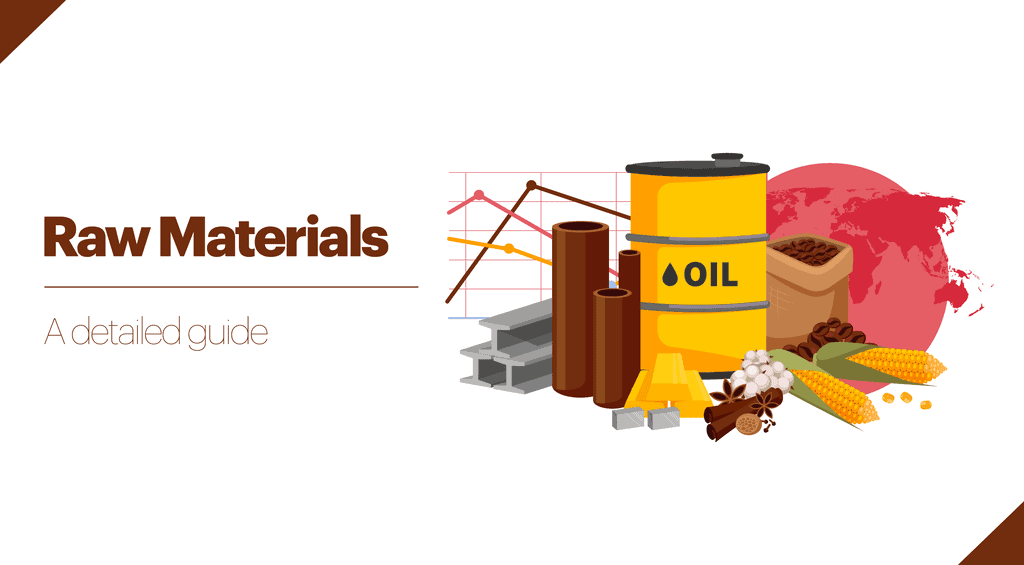
Production
Ask if manufacturing and control been established, and written instructions included. Equipment should be clean and approved. Samples should be taken to prevent contamination. Measuring and weighing should be checked by a second person and containers should be properly identified, (labeling should be accurate). The equipment for filling of batch is labeled regarding batch identification and control status.
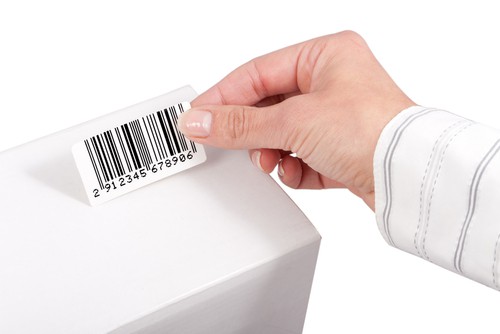
Laboratory Controls
Raw materials should be tested. Samples of batch materials and finished products should be kept stored under conditions where they can be re-tested. The water supply should be tested conformance with microbiological and chemical-analytical specifications. Fresh samples should be kept to predict the adequacy of microbial contamination over time.
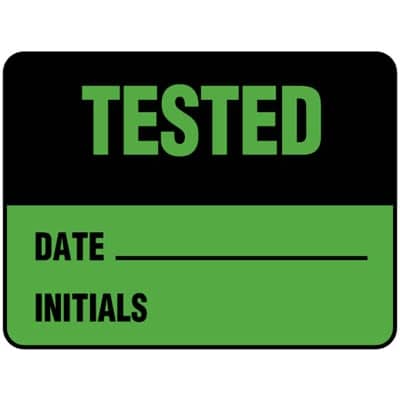
Records
Check if control records are kept about raw materials and primary packaging materials, documenting disposal of materials. Document the kinds, lots and quantities of materials used. Document the manufacturing of batches and finished products, (product sampling, lab controls, test results and control status. Distribution must also be recorded in terms of documenting shipments.

Labeling
As well as statement of identity, the name of the product and net contents the label should also include necessary warnings. Also there should be on the information panel a list of ingredients and directions for safe use of product.
Complaints
The firm should maintain a detailed complaint file.
Audits
Audits tend to be carried out by experienced auditors who will typically have a four year’s science degree or experience in food manufacturing.
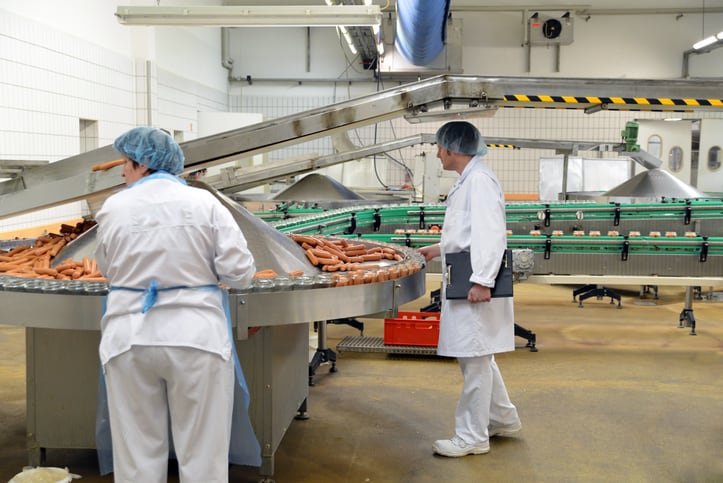
Auditors will complete the audit checklist and the audit report. An exchange of information can occur that will help the business to identify any weaknesses it needs to improve upon.
Members earning an A can immediately apply for certification and for the right to use the GMP mark, whilst members earning a B may receive it following written evidence of improvements upon deficiencies. Those who have earned a C will need to pass through a second audit.


